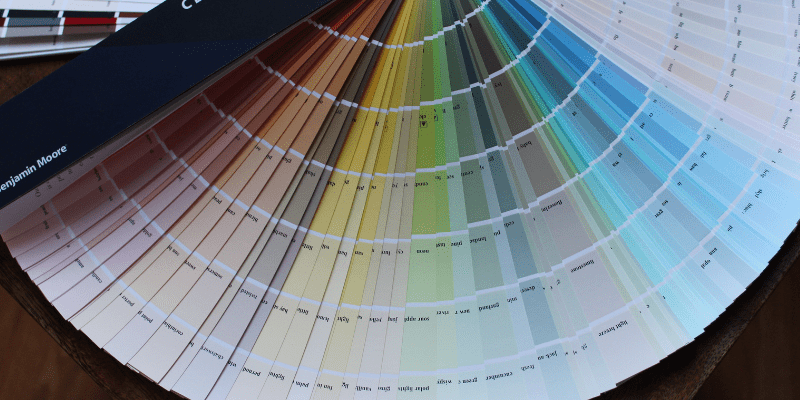In the world of graphic design and content creation, having the right tools at your disposal can make all the difference. Two of the most popular choices in this arena are Canva and Adobe Creative Cloud. Whether you’re a professional graphic designer, a small business owner, or someone looking to enhance their social media presence, choosing the right design tool is crucial. In this article, we’ll explore the key differences between Canva and Adobe Creative Cloud to help you decide which one is the right fit for your needs.
Introduction
Understanding Canva
Canva has gained immense popularity in recent years due to its user-friendly interface and accessibility. It was created with the idea of making graphic design accessible to everyone, regardless of their level of expertise. Here are some key features of Canva:
Ease of Use: Canva is known for its intuitive drag-and-drop interface. Even if you have zero design experience, you can quickly create visually appealing graphics, social media posts, flyers, and more.
Templates Galore: Canva offers a vast library of templates for various purposes, from business cards to Instagram posts. These templates can save you time and serve as a starting point for your designs.
Affordability: Canva offers both free and paid plans, making it accessible to individuals and businesses with varying budgets. The free plan provides a solid set of features, while the paid Canva Pro subscription unlocks even more tools and resources.
Collaboration: Canva makes it easy to collaborate with team members or clients on design projects. You can share designs for feedback and work on them simultaneously in real-time.
Stock Assets: Canva provides access to a vast library of stock photos, illustrations, icons, and more, which can enhance your designs.
Understanding Adobe Creative Cloud
Adobe Creative Cloud, on the other hand, is a comprehensive suite of professional design and creativity software. It’s widely used in the design industry and offers a wide range of tools for graphic designers, photographers, video editors, and more. Here are some key features of Adobe Creative Cloud:
Professional Tools: Adobe Creative Cloud includes industry-standard applications like Photoshop, Illustrator, InDesign, Premiere Pro, and After Effects. These tools are highly advanced and offer unmatched capabilities for professional designers and creators.
Endless Creativity: With Adobe Creative Cloud, the possibilities are virtually limitless. You can create complex illustrations, edit high-resolution photos, produce professional videos, and design intricate layouts for print or digital media.
Integration: One of the standout features of Adobe Creative Cloud is the seamless integration between its applications. You can easily transfer assets and projects between different Adobe software, streamlining your workflow.
Creative Cloud Libraries: Adobe Creative Cloud allows you to create and manage libraries of assets, including fonts, graphics, and color swatches, which can be shared across multiple projects.
Cloud Storage: Adobe Creative Cloud offers cloud storage, making it easy to access your work from anywhere and collaborate with team members or clients in real-time.
Comparing Canva and Adobe Creative Cloud
Now that we have a good understanding of both Canva and Adobe Creative Cloud, let’s compare them based on various factors to help you make an informed decision.
Ease of Use:
- Canva: Extremely user-friendly, perfect for beginners.
- Adobe Creative Cloud: Requires a learning curve, more suitable for professionals.
Cost:
- Canva: Offers a free plan with optional paid features.
- Adobe Creative Cloud: Subscription-based, with various pricing tiers.
Features:
- Canva: Limited compared to Adobe, but sufficient for most basic design needs.
- Adobe Creative Cloud: Offers a wide array of advanced features and capabilities.
Templates:
- Canva: Abundant templates for various purposes.
- Adobe Creative Cloud: Templates available but more emphasis on custom designs.
Collaboration:
- Canva: User-friendly collaboration tools.
- Adobe Creative Cloud: Robust collaboration features, especially for team projects.
Professional Use:
- Canva: Suitable for simple design tasks and small businesses.
- Adobe Creative Cloud: Ideal for professional designers, agencies, and multimedia production.
Conclusion
In the battle of Canva vs. Adobe Creative Cloud, the right choice depends on your specific needs and level of expertise. Canva is an excellent choice for beginners, small businesses, and individuals looking to create eye-catching graphics and social media content without a steep learning curve. It’s affordable, user-friendly, and offers a wide range of templates.
On the other hand, Adobe Creative Cloud is the go-to solution for professional designers, photographers, videographers, and multimedia creators. It provides a comprehensive suite of advanced tools for creating top-tier designs and content. While it comes at a higher cost and has a steeper learning curve, the investment is worth it for those who require the highest level of creativity and precision.
In summary, if you’re just starting or need basic design capabilities, Canva is a fantastic choice. However, if you’re serious about graphic design or content creation and demand the best tools available, Adobe Creative Cloud is the way to go. Ultimately, the decision should align with your goals and budget, ensuring that your design journey is both enjoyable and productive.



































